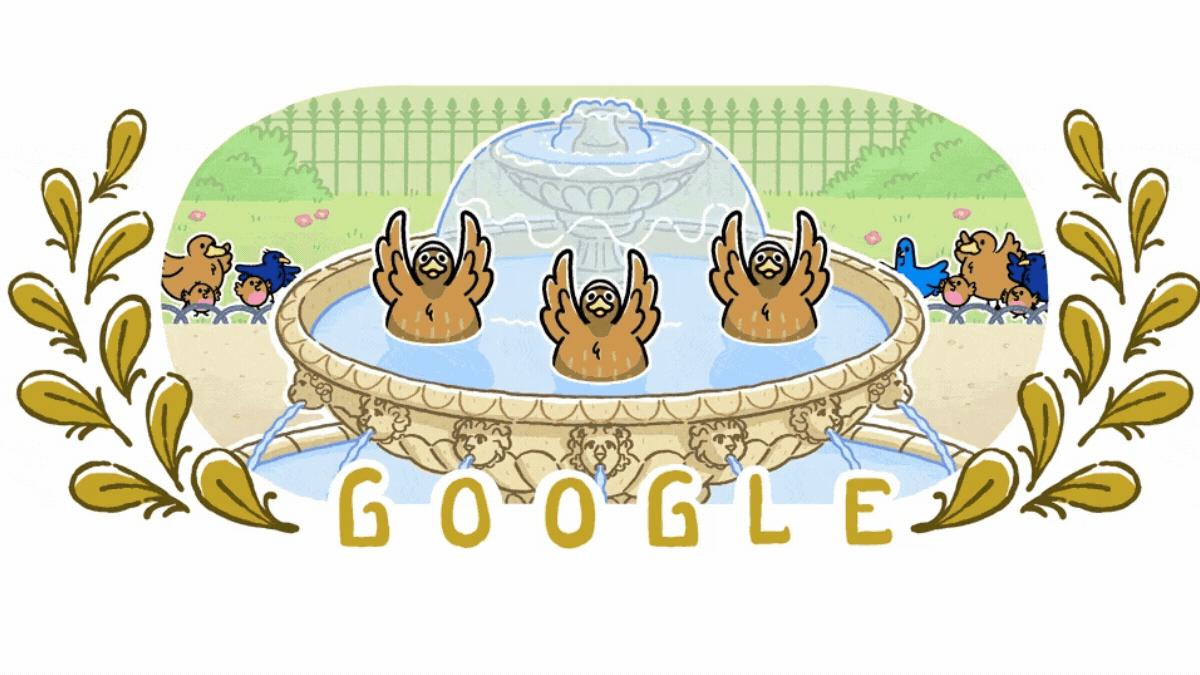Google Doodle Celebrates Artistic Swimming At Paris Olympic Games 2024
The competition for artistic swimming at the Paris Olympic Games 2024 is set to take place from August 5 to August 11 at the Paris Aquatics Centre.

Google has been celebrating the Paris Olympic Games 2024 by releasing a Google Doodle dedicated to the title events that are being held at the Paris Games. As a part of this series, Google on Monday released a Google Doodle to celebrate artistic swimming at the Paris Olympic Games 2024. For those who don't know, artistic swimming is a blend of swimming, gymnastics, and dance, where swimmers execute a synchronized routine of intricate and dynamic underwater movements (called figures) and arm movements in the water, all set to music.
The animated Google Doodle released on August 5 showed a group of three ducks performing artistic swimming in a fountain while some ducks stood in the audience cheering for them. Google while sharing this Doodle wrote, "The Artistic Swimming competitors have two things on their mind: sync AND swim!"
Have a look at the Doodle below.
ALSO READ | Google Doodle Celebrates Men’s Rings Finals At Paris Olympic Games 2024
Artistic Swimming At Olympics
Artistic swimming has been included in the Summer Games since 1984. Initially, the sport featured women’s duet and solo categories for the first three editions. At the Paris 2024 Olympics, artistic swimming will feature two medal events: Duet and Team.
The competition for artistic swimming is set to take place from August 5 to August 11 at the Paris Aquatics Centre.
ALSO READ | Top 5 Android Games You Must Check Out (August, 2024): From Genshin Impact To Minecraft & More
Aristic swimming was not always this. Around half a decade ago, it used to be something else. The sport was the same, but its name was different back then. In 2017, the international governing body for aquatic sports renamed "synchronised swimming" to "artistic swimming" to enhance its appeal and clarity for the public. Officials pointed out that the term "synchronised" often caused confusion, as it referred to synchronisation with the music rather than swimmers mirroring each other's movements.





































